Last Monday was the Qingming Festival or “Tomb Sweeping Day” in China which is held on the 104th day after the winter solstice to honour departed ancestors and for people to enjoy the spring weather. As we were given the day off work I decided to take a short weekend trip out of Shenzhen to the little-known city of Kaiping (开平) located about 3 hours away by bus. The area is famous for its castle-like dwellings built by overseas Chinese in a mixture of western and eastern styles.
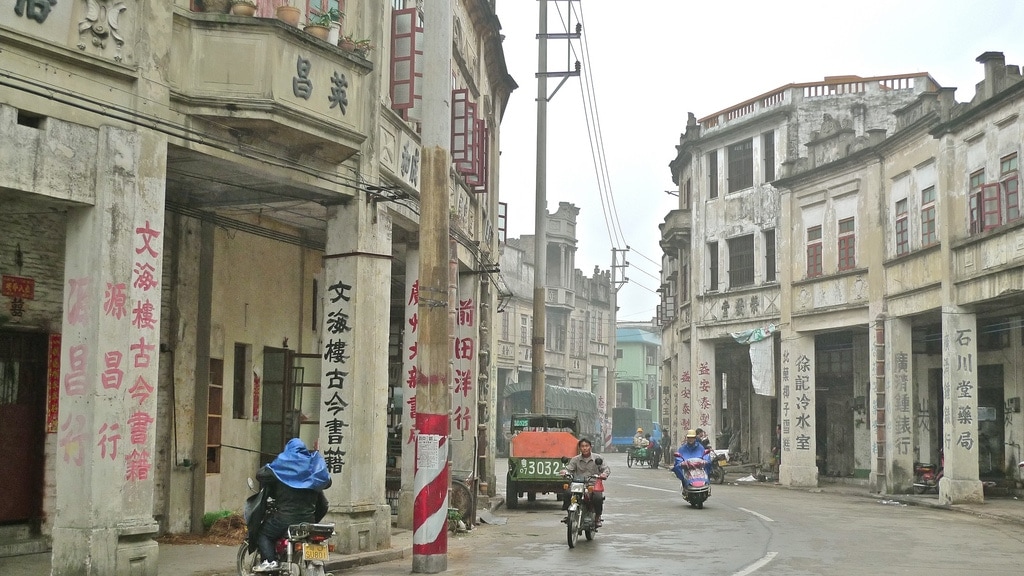
Leaving at an early hour on Saturday morning from Luohu coach station the dull concrete monstrosities of Shenzhen and Dongguan soon gave way to the lush green countryside of Guangdong punctuated by the occasional small village where life continues much as it has done for the past century or so.
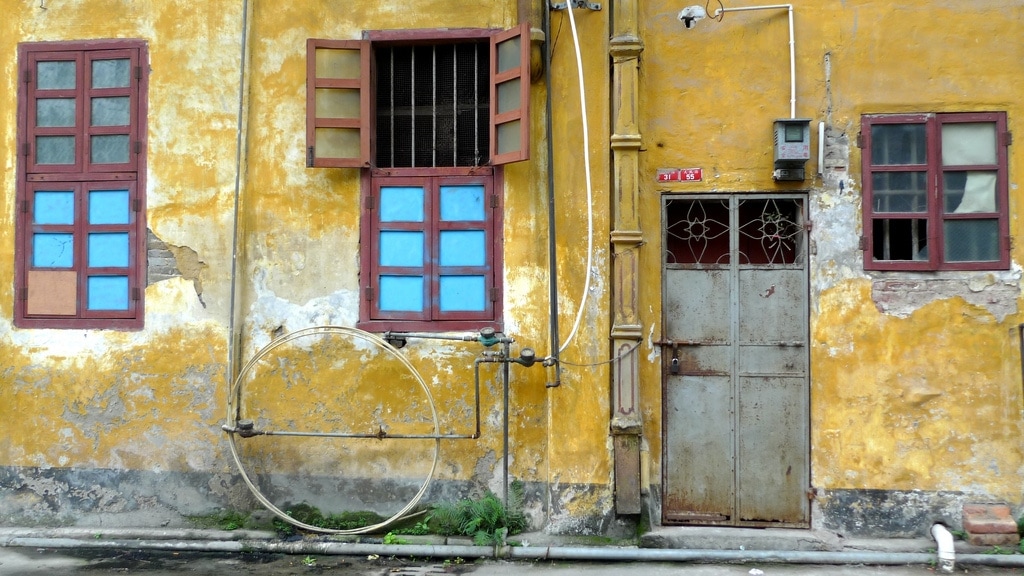
There isn’t much to see in Kaiping itself so on arrival our first excursion was to a village a little outside the city called Chikan (赤坎). Getting here was easier said than done since finding the right bus proved a little tricky. Even my Chinese companions had difficulty communicating with the locals who mostly spoke their own local dialect (as opposed to standard Mandarin). Finally, we found that bus no. 6 went directly there, about a 30-minute journey.
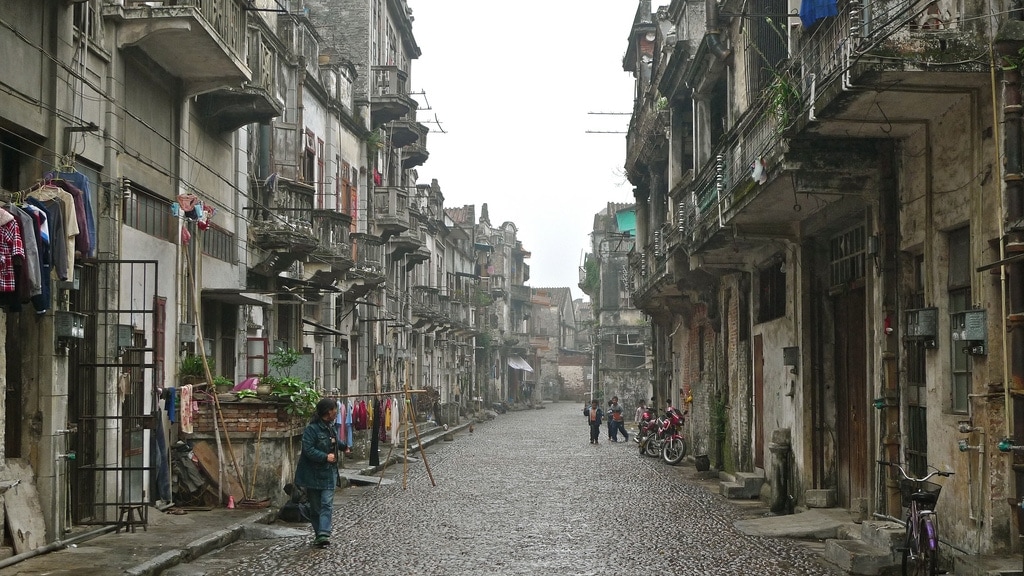
As if being transported back in time about 100 years you’re immediately surrounded by unusual architecture which fuses both European and Chinese styles as a consequence of originating from overseas Chinese who returned home in the 1920s and used their wealth to build the area. While the original shine has undoubtedly worn off there remains a unique charm to the place.
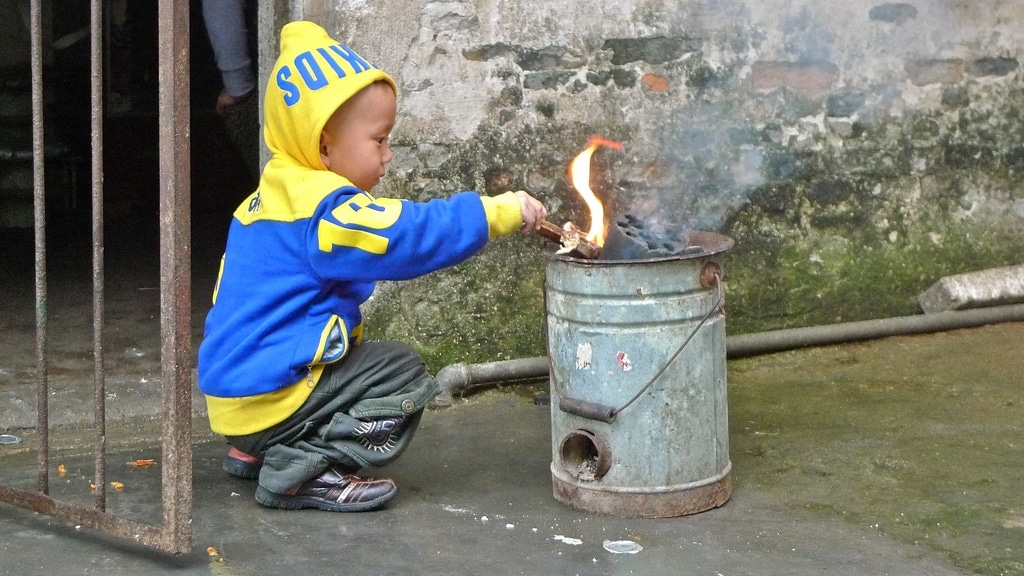
Farmers labour in the fields and chickens run free in the many small courtyards. With banners baring slogans proclaiming the benefits of a comprehensive education modern society seem far away but while the area appears to be sparsely populated the younger residents still find ways to amuse themselves (although one imagines that the internet revolution is quietly passing them by).

Even though it was a murky day there was still a certain beauty and charm to the waterside view which at a pinch could be compared to a run-down version of Venice or Amsterdam. You can’t help but imagine what it must have been like in its heyday.
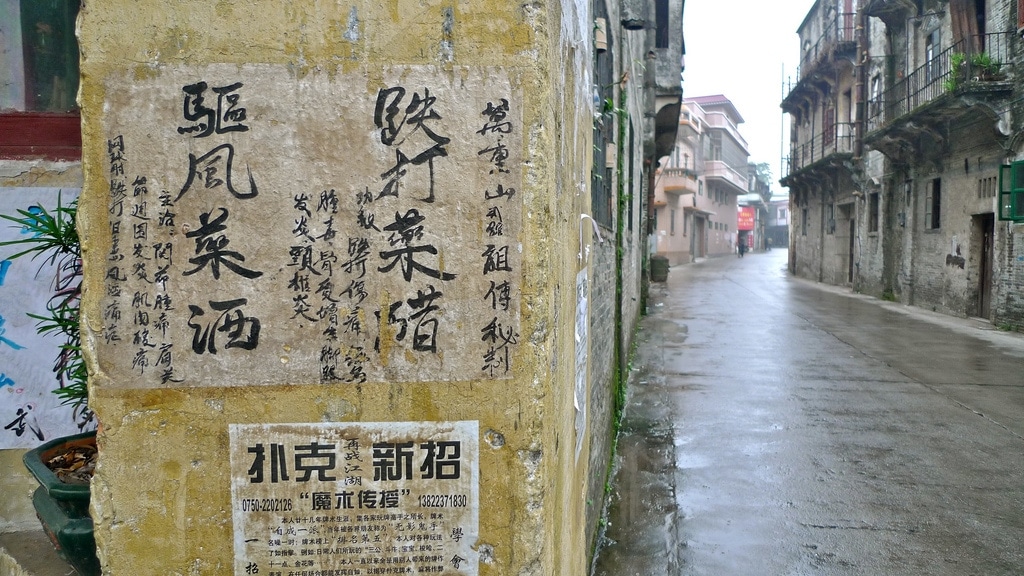
Being well off any usual tourist trails the area was surprisingly quiet and it was a joy just to wander around the old streets and soak up the atmosphere, peek in a few old shops and sample some of the street food. The weather was overcast and it was drizzling the whole day but this didn’t dampen the spirit.
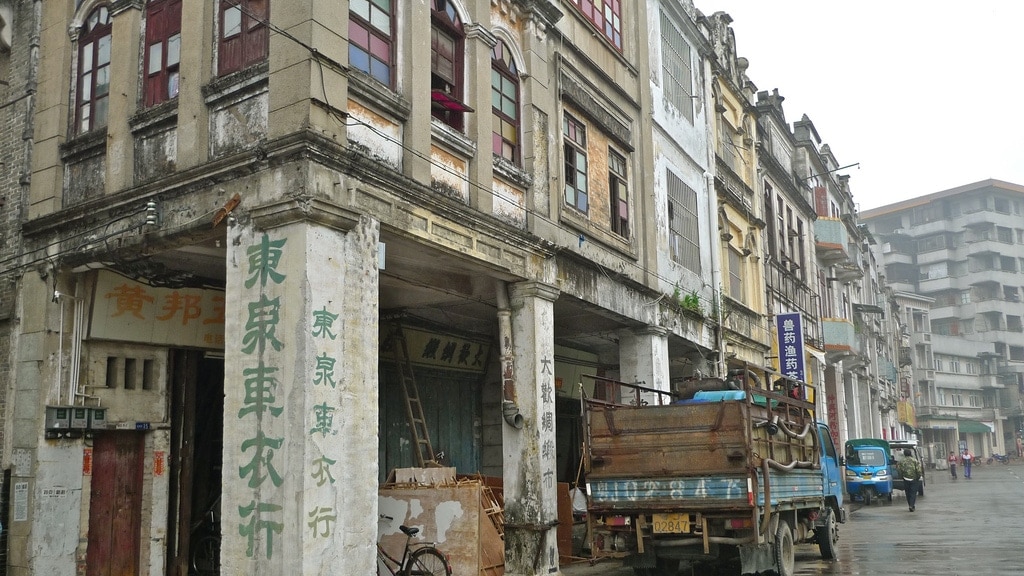
Sadly the area is in a state of decline, many of the buildings are empty and most are badly in need of restoration. Without the conveniences of modern life, it’s clear that few would want to live here today so one can only help that if the area is developed for tourism that some money will be found to save it. I find it a little sad that in many cases to save a place you have to re-purpose it from its original context but such is progress…
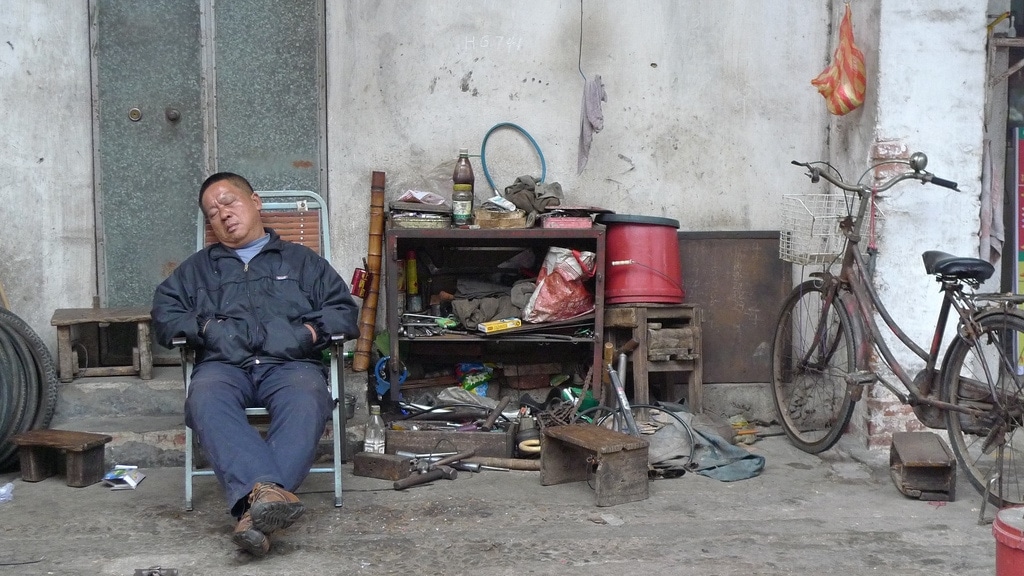
Some people clearly had more pressing ideas on their minds 😉

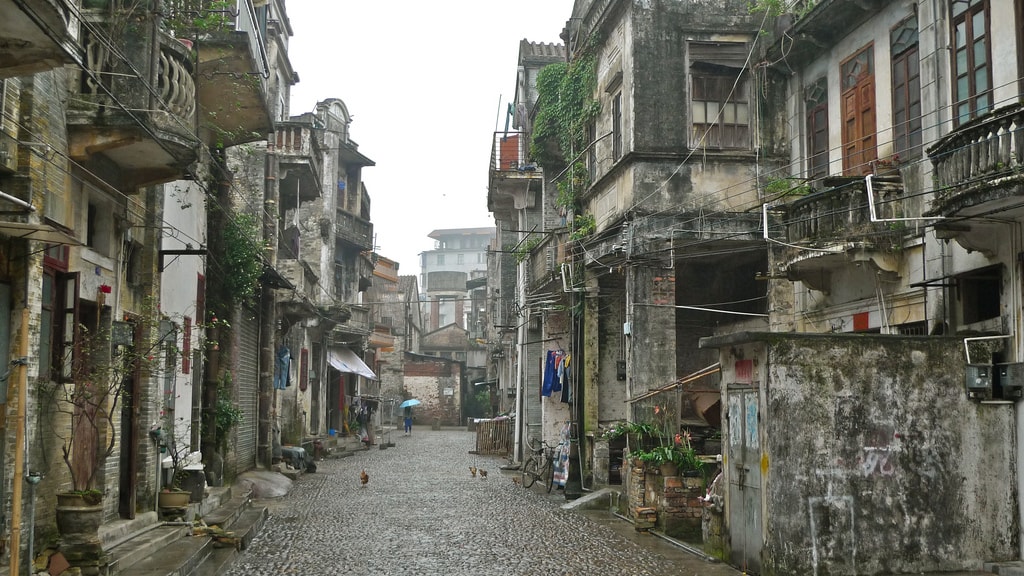
Reply